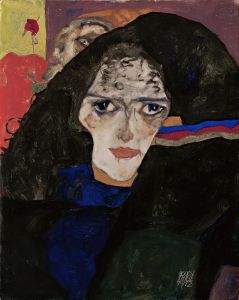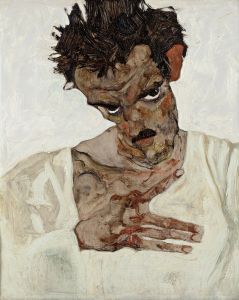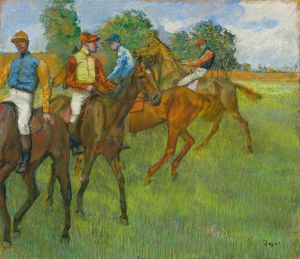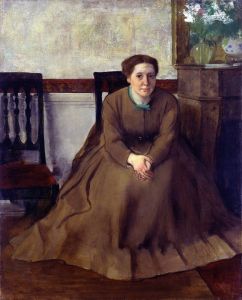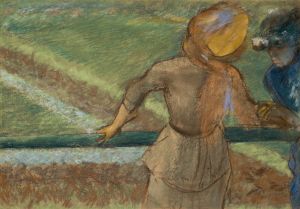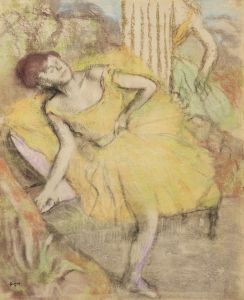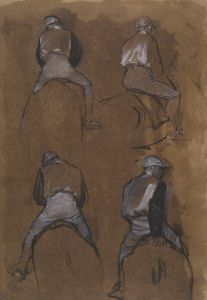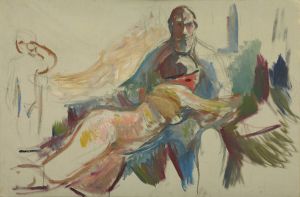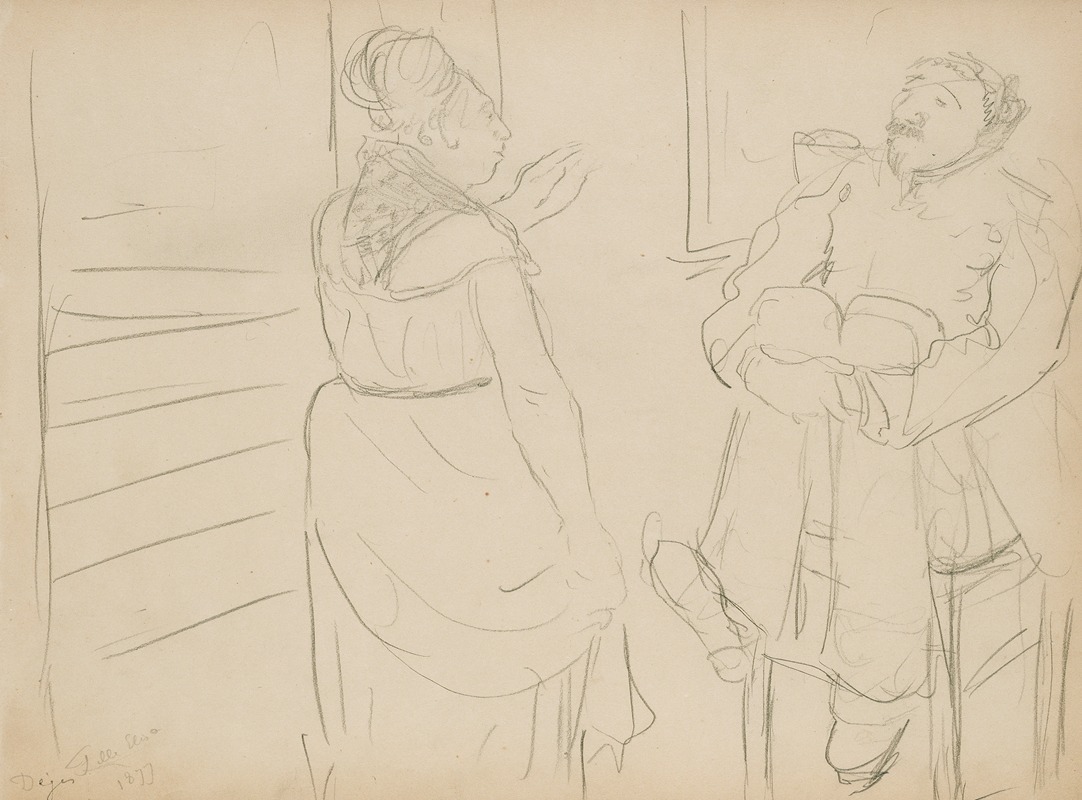
Brothel Scene
A hand-painted replica of Edgar Degas’s masterpiece Brothel Scene, meticulously crafted by professional artists to capture the true essence of the original. Each piece is created with museum-quality canvas and rare mineral pigments, carefully painted by experienced artists with delicate brushstrokes and rich, layered colors to perfectly recreate the texture of the original artwork. Unlike machine-printed reproductions, this hand-painted version brings the painting to life, infused with the artist’s emotions and skill in every stroke. Whether for personal collection or home decoration, it instantly elevates the artistic atmosphere of any space.
Edgar Degas, a prominent French artist associated with the Impressionist movement, is known for his innovative approach to composition and his exploration of modern life. Among his lesser-known works is a painting often referred to as Brothel Scene. This artwork, however, remains a subject of limited documentation and scholarly discussion.
Degas frequently depicted scenes of contemporary life, including intimate and private moments, often focusing on the human figure. While many of his works center on ballet dancers, bathers, and café life, Brothel Scene is believed to reflect his interest in exploring the human condition in a raw and unidealized manner. The painting reportedly portrays women in a brothel, capturing their interactions and the environment in which they lived and worked. Degas's approach to such themes often avoided moral judgment, instead emphasizing observation and realism.
The exact date of creation for Brothel Scene is unclear, but it is thought to have been produced during the late 19th century, a period when Degas was experimenting with various subjects and techniques. The painting is characterized by his typical use of muted colors, dynamic compositions, and attention to the subtleties of human posture and expression. Degas's works from this period often reflect his fascination with the interplay of light and shadow, as well as his interest in capturing fleeting moments.
It is worth noting that Degas's exploration of brothel scenes was not unique among artists of his time. The subject was part of a broader trend in 19th-century art and literature, as many sought to depict the realities of urban life, including its more controversial aspects. However, Degas's treatment of such themes often stood out for its detachment and focus on the psychological dimensions of his subjects.
Despite its historical and artistic significance, Brothel Scene is not as widely studied or exhibited as some of Degas's other works. Information about the painting's current location, provenance, and critical reception is scarce. As a result, much about this artwork remains unknown, and it is not as prominently featured in discussions of Degas's oeuvre.
Given the limited availability of concrete information, further research and analysis would be required to provide a more comprehensive understanding of Brothel Scene and its place within Degas's body of work.





